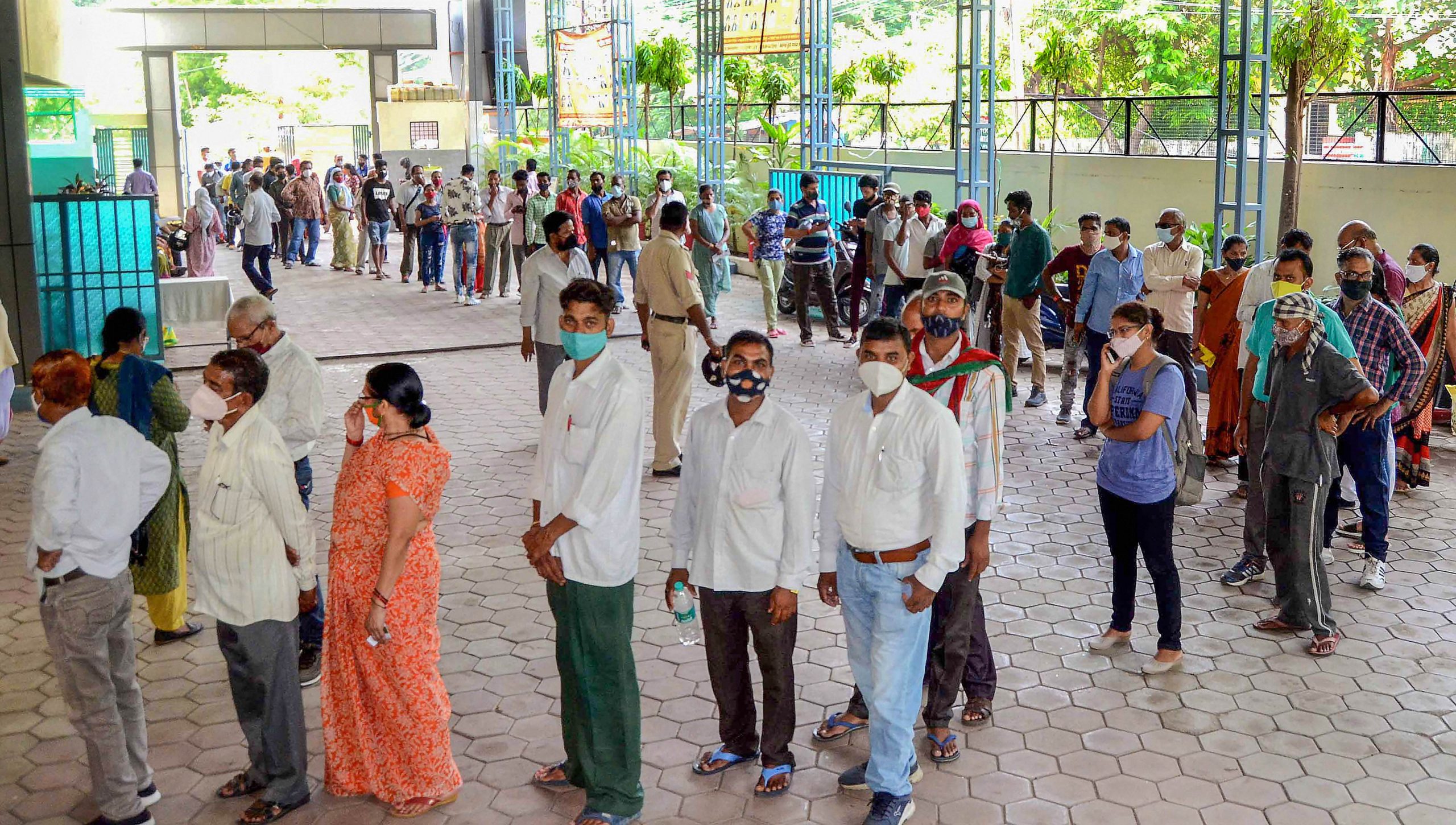People who have recovered from COVID-19, the disease caused by novel coronavirus, have experienced persistent symptoms such as tiredness or other health problems. Here’s a look at extended COVID and its signs and symptoms.
Also Read | Is excessive cleaning giving us a false sense of security against COVID?
What is long COVID?
Post-COVID conditions, also known as long COVID or long-haul COVID, are a wide range of new, returning, or persistent health problems that patients might suffer from four or more weeks after becoming infected with the virus that causes COVID-19, according to the US Centers for Disease Control and Prevention. It’s also referred to as post-acute COVID-19, long-term COVID effects, or chronic COVID.
The recovery period for COVID-19 varies depending on the individual, however, most people recover completely within 12 weeks, according to the NHS in the United Kingdom.
Symptoms can continue longer for some people, and this does not appear to be related to how severe the symptoms were after the first COVID-19 infection. To put it another way, persons who had minimal or no symptoms at the time might nevertheless develop symptoms later or have long-term issues.
Also Read | Flu shots protect against COVID severities, do not reduce risk of death: Study
What are the symptoms?
The following are frequent symptoms, according to the CDC and NHS, some of which may overlap:
- extreme tiredness (fatigue)
- shortness of breath
- chest pain or tightness, stomach
- problems with memory and concentration (sometimes referred to as brain fog)
- difficulty sleeping (insomnia)
- heart palpitations
- dizziness
- pins and needles
- joint pain
- depression and anxiety
- tinnitus, earaches
- feeling sick, diarrhoea, stomach aches, loss of appetite
- a high temperature, cough, headaches, sore throat, changes to sense of smell or taste
- rashes
- mood changes
- changes in period cycles
- symptoms that get worse after physical activity
Also Read | New study offers hope for diagnosis of long COVID
Is it more common in women?
According to the American Psychological Association, around 10% of individuals have long COVID, citing research published in JAMA and the BMJ. It may impact anybody, according to the World Health Organization’s policy brief, “In the wake of the pandemic: Preparing for Long COVID,” although women and health care professionals appear to be at higher risk.
Meanwhile, a preprint from Imperial College London also showed that long COVID was more prevalent in women than males (1.5 times as probable) and in persons who were overweight or obese, smoked, lived in disadvantaged areas, or had been admitted to hospital. People of Asian origin, on the other hand, had fewer chronic COVID-19 symptoms.
Also Read | Pilgrimages can wait, third wave is knocking at the door: IMA warning
What is its impact?
Long COVID may be highly debilitating and has a major influence on people’s lives, according to a statement released on February 25, 2021, by Professor Martin McKee, European Observatory on Health Systems and Policies.
“Many are unable to return to work or have a social life. Many have described how it affects their mental health, especially as the course of the condition is often fluctuating; just as they feel they are getting better the symptoms return. And of course, it has important economic consequences for them, their families and for society,” he stated, reported Firstpost.







